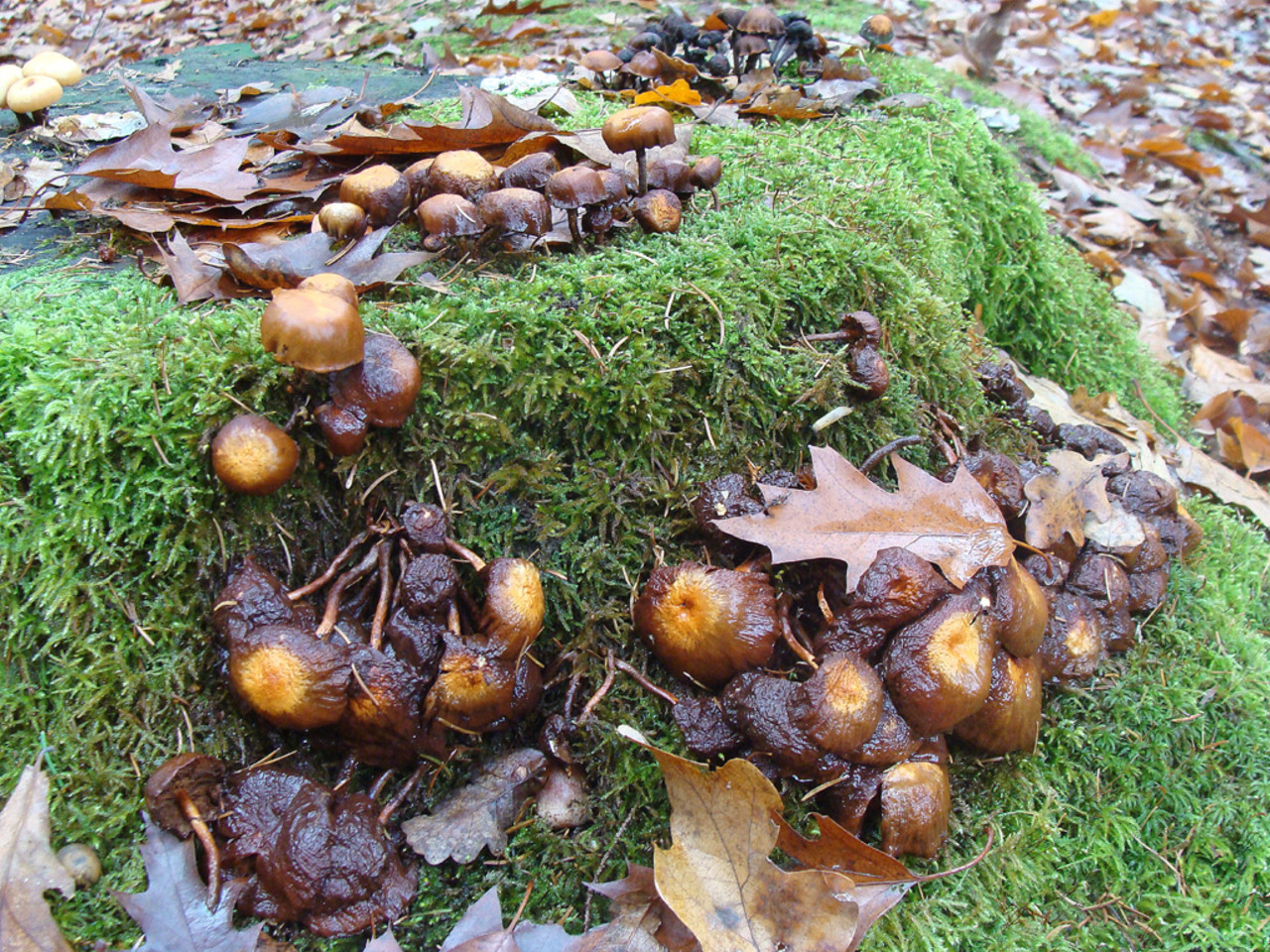Speakeasy
페이지 정보
Writer Mckinley Purser 작성일25-01-08 22:20 count6 Reply0본문
| Subject | Speakeasy | ||
|---|---|---|---|
| Writer | Purser & Mckinley GmbH | Tel | 6184854791 |
| host | grade | ||
| Mobile | 6184854791 | mckinley_purser@yandex.ru | |
| etc | |||
Speakeasy
A speakeasy is a term used to describe a secret or illicit bar that was popular during the Prohibition era within the United States, which lasted from 1920 to 1933. These institutions had been known for their hidden entrances and for serving alcohol regardless of it being illegal at the time. Here are some key points about speakeasies:
- Origin: The time period "speakeasy" is believed to have originated from the follow of shoppers speaking quietly or "simply" to avoid drawing attention.
- Hidden Locations: Many speakeasies were positioned in basements, behind unmarked doorways, and even in legitimate companies like soda shops.
- Entertainment: These venues often featured stay music, dancing, and different types of leisure, making them popular gathering spots.
- Cultural Impact: Speakeasies performed a crucial function in shaping the culture of the Roaring Twenties and the jazz age.
- Modern Revival: Today, the idea of the speakeasy has made a comeback, with many bars adopting the hidden, secretive theme to create an exclusive ambiance.
Below are some well-known speakeasies from historical past:
- The Cotton Club (New York City)
- 21 Club (New York City)
- The Green Mill Cocktail Lounge (Chicago)
- Schroeder's (San Francisco)
In summary, speakeasies offer a fascinating glimpse into a novel chapter of American historical past, highlighting themes of insurrection, creativity, and the battle for personal freedom.
A speakeasy is a hidden bar or nightclub that originated during the Prohibition era in the United States (1920-1933). These establishments were illicit and served alcohol when it was illegal to take action. Here are some key points about speakeasies:
- Origin: The term "speakeasy" supposedly comes from patrons talking quietly or "easily" to keep away from detection by regulation enforcement.
- Atmosphere: Speakeasies typically have a secretive vibe, with dim lighting, classic décor, and a sense of exclusivity.
- Access: Many modern speakeasies preserve the concept of secrecy with hidden entrances or requiring a password for entry.
- Cocktails: These venues often serve craft cocktails, reviving classic recipes from the Prohibition era.
- Cultural Significance: Speakeasies symbolize the struggle in opposition to prohibition laws and a spirited nightlife culture.
Today, speakeasies have made a resurgence as stylish bars that celebrate the fashion and op spirit of the Twenties and Nineteen Thirties.

Speakeasies have been secret bars that emerged during the Prohibition era in the United States, which lasted from 1920 to 1933. These hidden establishments allowed patrons to devour alcohol regardless of its legality being prohibited.
Typically accessed via an unmarked door or a password, speakeasies supplied a way of thrill and exclusivity. They have been often situated in basements, again rooms, or behind false storefronts, making them tough to discover.
In these illicit venues, live jazz music thrived, as they became the cultural hubs for the Jazz Age. The ambiance was vigorous, full of dance and revelry. Women usually wore flapper attire, symbolizing the changing social norms of the time.
Today, the time period "speakeasy" has been revived, with fashionable bars adopting the aesthetic and secretive charm of their Prohibition-era counterparts. Many characteristic vintage decor, craft cocktails, and reside music, offering a nostalgic glimpse into an interesting chapter of American historical past.
In essence, speakeasies embody a spirit of rebellion and creativity, reflecting the social dynamics of their time.

 JOIN
JOIN 





